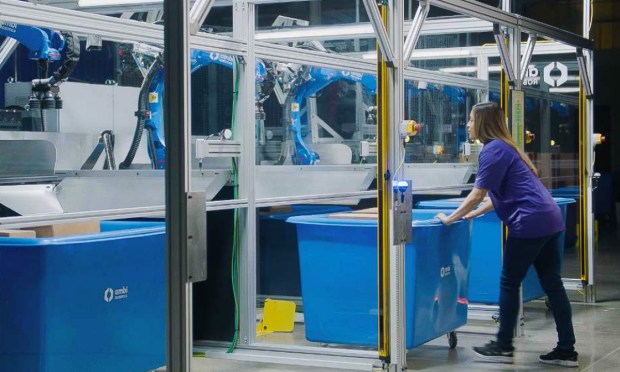
In the shipping and logistics space, preferences among clients vary widely: some favor national services while others opt for smaller regional solutions that promise rapid delivery.
According to Gregg Zegras, EVP and President of Global eCommerce at Pitney Bowes, the global shipping and mailing company falls into the latter, honing in on the small parcel, business-to-consumer (B2C) eCommerce market.
Notably, Pitney Bowes introduced its regional delivery service model in 2022, a strategic move that has recently expanded into the Midwest region, enabling brands and retailers to quickly reach 90% of the U.S. population within just 1 to 3 days.
This integrated network ensures that all facets of their operations, from facilities to technology systems, are finely tuned to efficiently transport small parcels directly to consumers’ doorsteps, Zegras told PYMNTS in an interview.
Moreover, the network extends beyond mere delivery services, encompassing seamless handling of returns. Equipped with features like QR scanning and digital labels, consumers can drop off returns at various locations, including a partner drop-off service in collaboration with the United States Postal Service (USPS). This streamlined process, according to Zegras, enhances the overall customer experience, catering to the evolving shipping needs and preferences of modern shoppers.
In parallel to their physical infrastructure enhancements, Pitney Bowes has invested in robotics and machine learning technology to optimize parcel processing.
This initiative includes a partnership with Ambi Robotics, a provider of artificial intelligence (AI)-powered robotic sorting solutions tailored for supply chain operations. By leveraging Ambi Robotics’ expertise, Zegras said the company has expedited parcel sortation for middle-mile delivery providers while enhancing productivity, accuracy, and worker safety.
He emphasized, however, that these technological advancements are not intended to replace human labor but rather to augment it, providing employees with opportunities to develop new skills.
“We’re leveraging technology and robotics to shift certain aspects of the job away from human labor, not with the intention of replacing it, but rather to create new opportunities,” he noted further, adding that this approach directly contributes to “clients’ satisfaction and the increase in volumes we’re experiencing.”
Beyond infrastructure upgrades, Pitney Bowes has invested in digital platforms to enhance client engagement and post-purchase experiences, enabling clients to interact seamlessly with the company for various back-end tasks, from ticket management to package tracking.
Meanwhile, Consumer Connect, a post-purchase platform, offers clients the opportunity to create unique tracking experiences for their consumers.
Zegras highlighted that the addition of gift tracking via the Consumer Connect platform further enhances its appeal, filling a gap in the eCommerce market concerning the digital presentation of gifts. With this gifts feature, clients can attach personalized notes and even videos to gifts, creating a more engaging and memorable experience for recipients.
“You don’t want to overwhelm the consumer, but you certainly want to give them options and choices, particularly with this latest generation who is all-mobile, all-digital and doesn’t tend to pull out a credit card much,” he said.
The COVID-19 pandemic spurred a surge in online activity, attracting new entrants to the eCommerce market. However, this influx has led to market saturation, resulting in a scenario where supply outpaces demand.
Consequently, smaller enterprises, still striving to achieve the scale of their larger counterparts, find themselves at a critical juncture, grappling with strategic investment decisions. In response to these challenges, Zegras said that shipping industry consolidation may be inevitable, ushering in a new era of transformation for merchants.
Overall, he said, success in the coming decade hinges upon merchants’ willingness to embrace a diverse, multi-carrier approach, positioning them for growth amid ongoing transformation in the industry.
“There are different ways and opportunities offered by different providers, and [merchants] should not put all of their eggs into one single basket, which had been a trend in the prior 10 years,” he said.